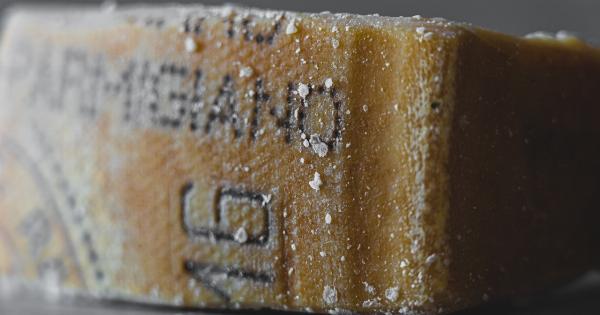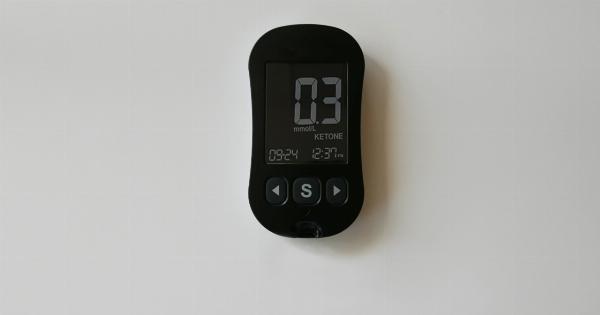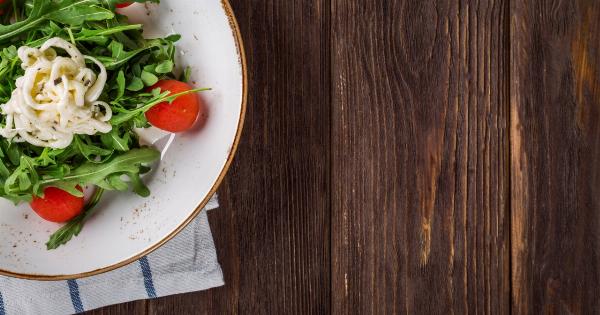Salt is an essential ingredient for adding flavor to food, but excessive intake of salt can cause health problems. Most of us consume too much salt, which can lead to high blood pressure, heart disease, and stroke.
Cutting down on salt intake is necessary, but it can be challenging. Here are some simple ways to reduce salt intake.
1. Flavor food with herbs and spices
Herbs and spices are excellent alternatives to salt. Fresh or dried herbs like basil, thyme, and rosemary, and spices like cinnamon, cumin, and turmeric can add flavor to your dishes without adding salt.
Experiment with different herbs and spices to find the ones you like best.
2. Use salt-free seasoning blends
Salt-free seasoning blends are an excellent alternative to salt. These blends, which you can find at the grocery store, are made with a mix of herbs, spices, and other flavorings, and they are free from salt or contain very little salt.
You can use them in place of salt in recipes for soups, stews, and casseroles.
3. Reduce or eliminate processed foods
Processed and packaged foods are often high in salt. Eating a lot of these foods can contribute to a high salt intake. Try to reduce or eliminate your consumption of processed foods.
Instead, cook fresh foods at home, where you can control the amount of salt in your meals.
4. Choose low-sodium products
When you do buy processed foods, choose low-sodium versions. Many grocery stores carry a variety of low-sodium foods, including canned vegetables, soup, and crackers. Be sure to check the labels for sodium content before buying.
5. Rinse canned foods before eating
Canned foods can be high in salt because salt is often used as a preservative. To reduce the amount of salt in canned foods, rinse them before eating. Drain the liquid and rinse the food under running water for a few seconds.
This can reduce the sodium content by up to 40 percent.
6. Use citrus juice or vinegar
Acidic ingredients like citrus juice or vinegar can add flavor to food without adding salt. Use them in salad dressings, marinades, and sauces to give your dishes a flavorful kick.
7. Be mindful of condiments
Condiments like ketchup, soy sauce, and salad dressings can be high in salt. Be mindful of how much you use and choose low-sodium versions when possible. If you are eating out, ask for condiments on the side so you can control the amount you use.
8. Check labels for sodium content
Always check the labels for sodium content when buying food at the grocery store. Look for foods that have less than 140 milligrams of sodium per serving.
Be wary of foods that claim to be “reduced sodium” or “low sodium” as they may still contain a significant amount of salt.
9. Cook at home
Cooking at home is the best way to control the amount of salt in your meals. When you cook, you can use herbs, spices, and other flavorings to add taste to your food without relying on salt.
Plus, cooking at home is often healthier and more cost-effective than eating out.
10. Experiment with new recipes
Experimenting with new recipes can help you find new ways to reduce your salt intake. Look for low-sodium recipes online or in cookbooks. Try new ingredients and flavor combinations to create delicious, healthy meals.






























